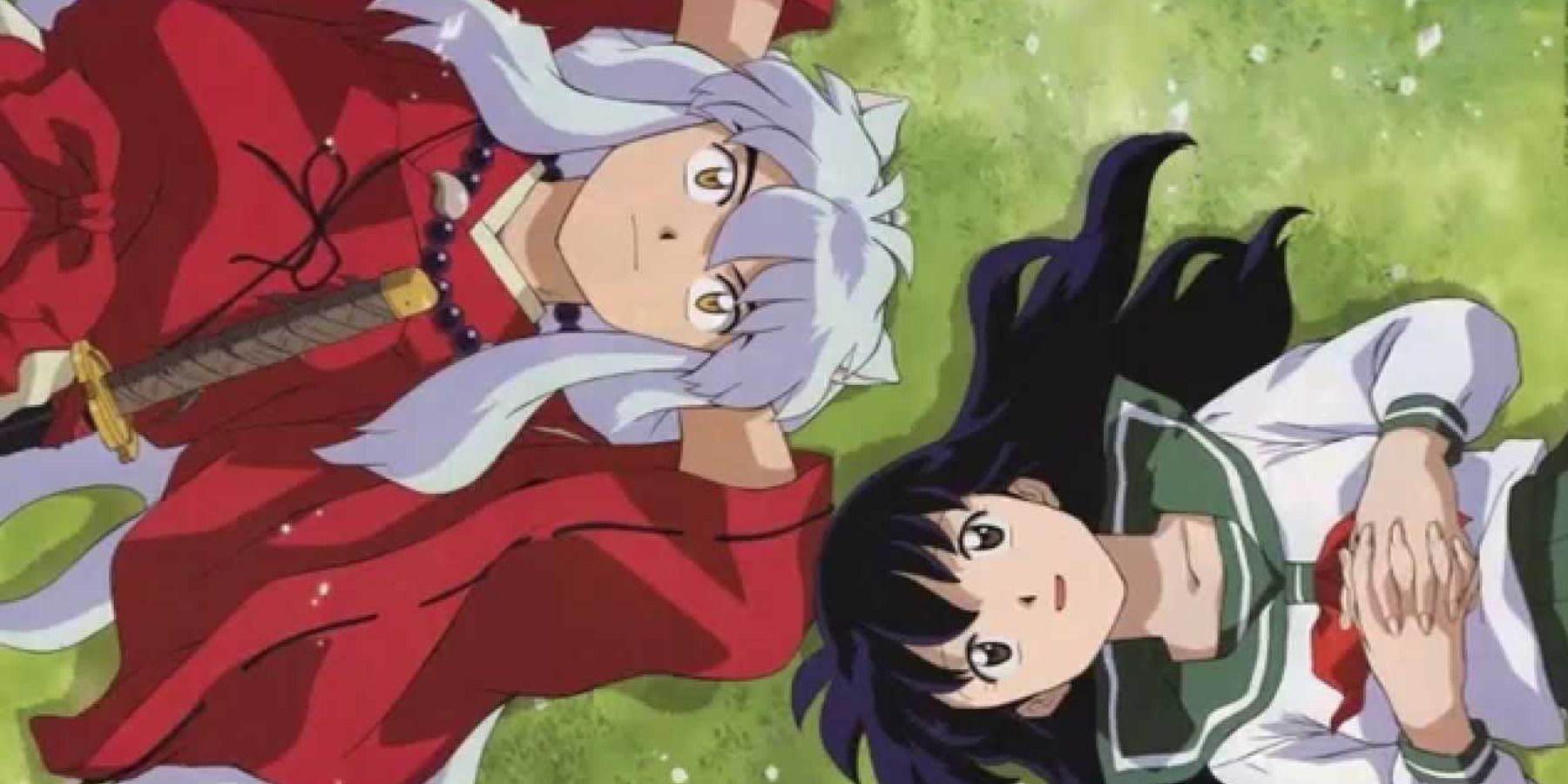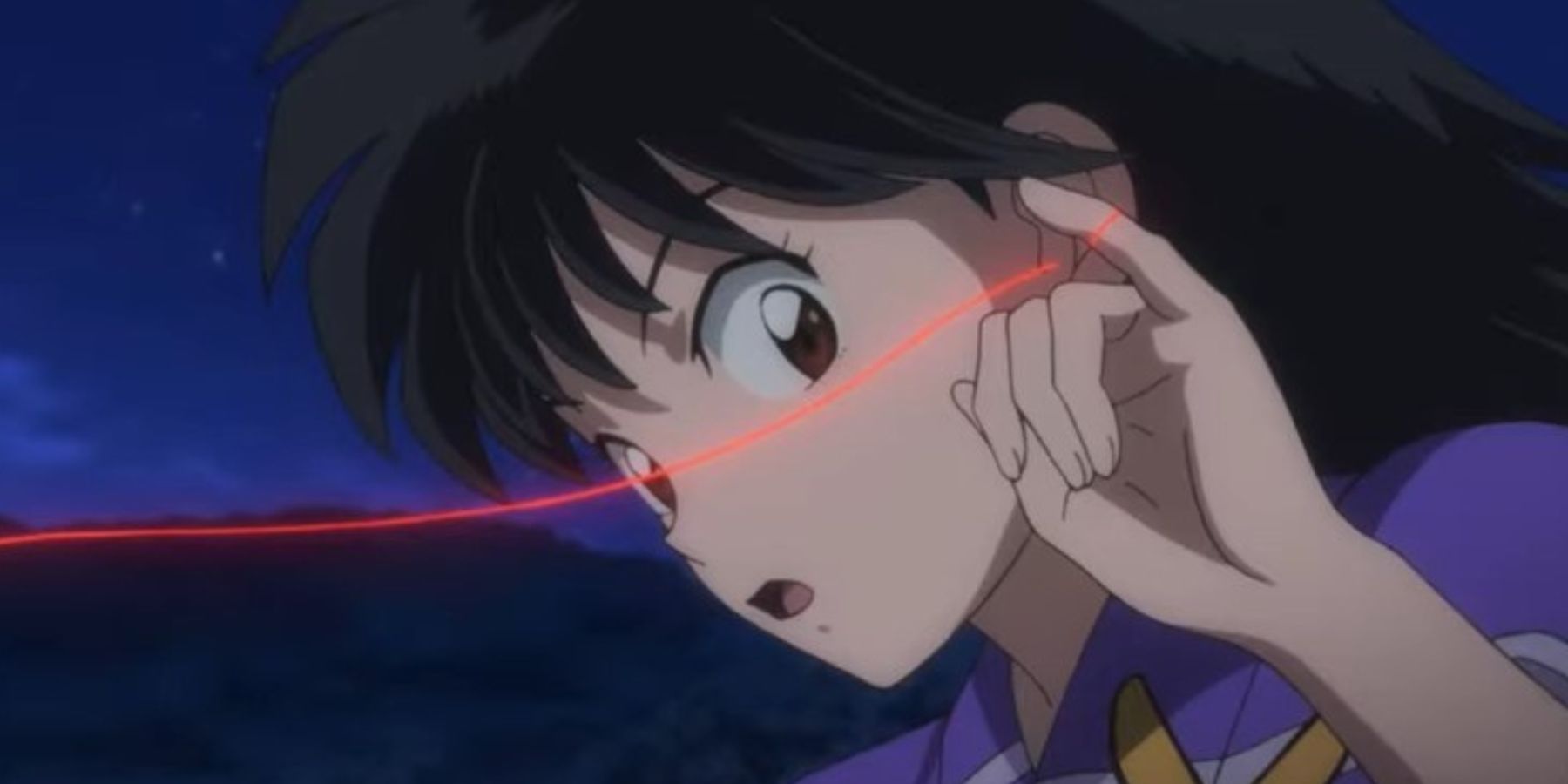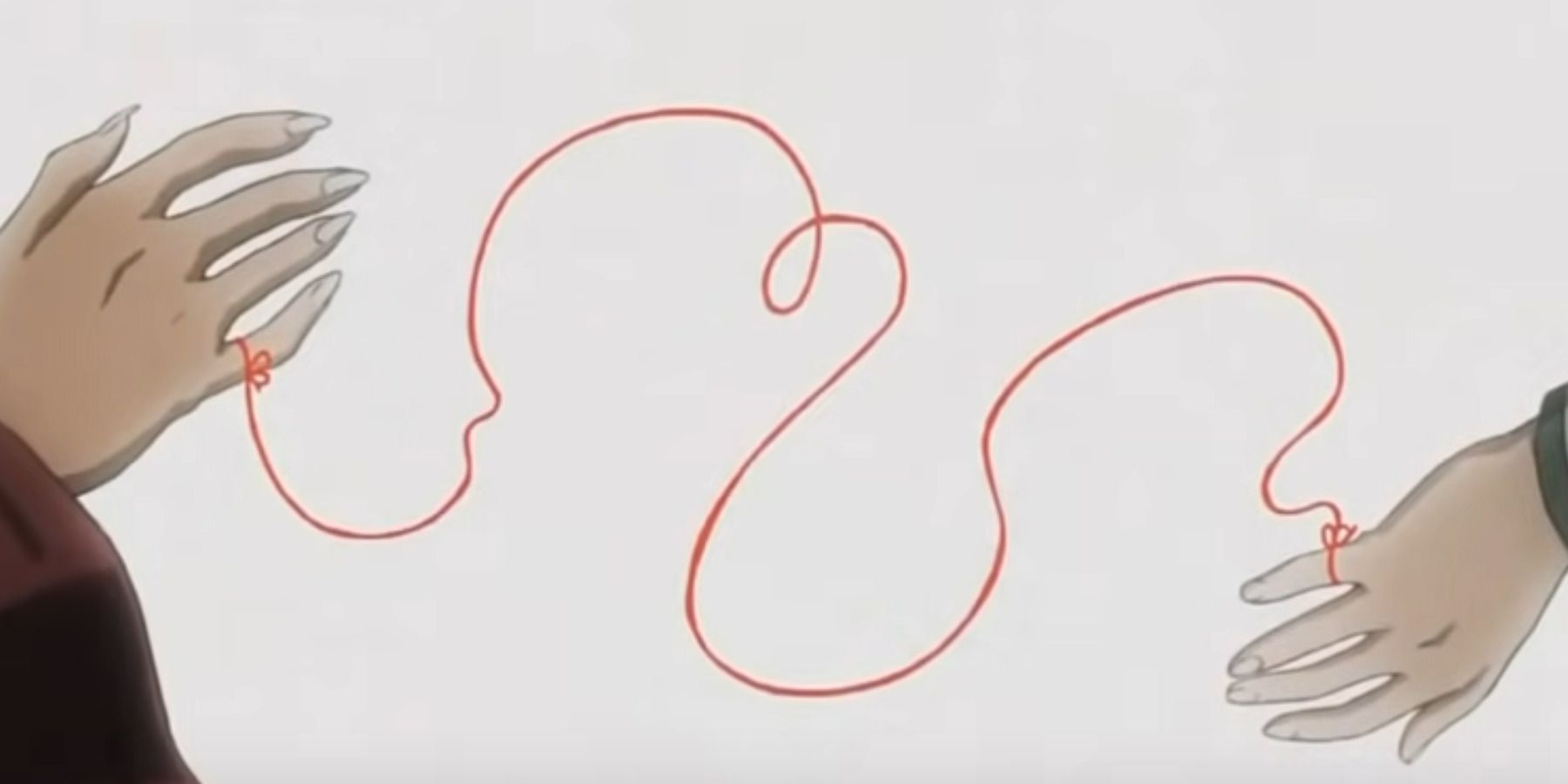The destined lovers/soulmates trope connected by the red thread of fate can be exhaustive and repetitive if done badly. If added to the story because of lazy writing, as a substitute for real storytelling and resolution of conflicts, it might destroy everything that led the couple to be meant to be together.
In the original Chinese legend, the red thread was tied to the ankles of the lovers, while we are used to seeing the red thread connected to their fingers, particularly their pinkies, in anime. That is because the most popular portrayal of this legend does not originate from the Chinese, but from the Korean version, which connects the lovers by their pinkies, while, for the Japanese, the red thread would connect a man’s thumb to a woman’s pinkie and, unfortunately, this very traditional point of view ends up limiting lovers to the binarism of men and women, but it is consistent with the traditional view of Japan as a country which still considers same-sex marriage illegal.
Destined Soulmates
The meaning of the connection through the pinkies gets stronger when one delves deeper into its symbolic meaning because the ulnar artery connects the heart with the pinky finger. Therefore, the deeper meaning is that the veil that runs from heart to hand extends through the invisible world, and, at the end of its course, it meets someone else’s heart. The Japanese version of this legend, though, is not only limited to couples, or even a single person, it speaks of a type of arterial ramification emerging from one’s finger toward all of those with whom that person is supposed to make history, and all of those to be helped one way or another.
If used right and well-inserted into the storytelling and script, the connection by the red thread of fate can become a welcome explanation for how two apparently impossible lovers end up together and, in the case of Kagome and InuYasha, against a lot of odds.
If in Naruto: The Last The Movie, the red thread of fate is also brilliantly used in the storytelling that connects (ver bridge no artigo Hinata/Naruto), in the love story of InuYasha and Kagome, after a lot of tribulations, after years being aired and showing their adventures and the development of their feelings, InuYasha’s Final Act decides to connect these two lovers that defy internal and external demons to save the world and be together, during the ending theme of InuYasha’s The Final Act, thus ensuring the viewers they had always been meant to be.
However, hints at the red thread of fate are provided during the series and in the spin-off, Yashahime: Princess Half-Demon, and the symbolism of the red thread of fate is special and powerful about InuYasha and Kagome because this couple literally has everything going against them. First of all, they do not even exist in the same era. If it were not due to magic time travel, it would be impossible for these two to even meet, so, their encounter is clearly the work of fate. They are not the same species. Well, she is human, and he is a half-youkai. Kagome has yet to deal with Kikyo, InuYasha’s former love.
The Legends, Meanings & Connections
They come from very different worlds, both have to face and deal with conflicting feelings, broken hearts, and tormented pasts. And yet, they are together, they finally become a real couple. They overcome all troubles and tribulations to be together. At the end of InuYasha: The Final Act, InuYasha and Kagome get married, and it is explained in an epilogue that she is now permanently living in feudal Japan.
Since the red thread of fate connects two lovers, regardless of time, place, or circumstances, it is only natural that this mythology is used both in Your Name and InuYasha then. No matter when or where you were, you were meant to be with a specific person. According to the legend, two people that are connected by this thread will be more than destined lovers, they will have an important story, and InuYasha and Kagome’s story is world-changing and epic. Even if they fought, even if they endured tribulations, suffering, and deceptions, even at times when things were very difficult for them, the red thread of fate would be responsible for ensuring that the lovers would end up together.
The story of InuYasha and Kagome follows well the myth, which also states that the red thread might get tangled, contracted, or stretched, which surely happens a lot in the animation, but it can never be broken. Recently, however, as told in the webtoon and K-Drama Tomorrow, suicide might break this thread. That is an addition to the original myth that might even explain how the red thread of fate could have possibly been broken between InuYasha and Kikyo since she sacrificed her own life at the beginning of InuYasha’s epic journey.
Taki Tachibana and Mitsuha Miyamizu, the main couple of Your Name, are also connected by the red thread of fate, in another excellent use of the mythological trope, and it is worth mentioning that both are tales regarding couples separated by space and time.
The fact that the red thread of fate was chosen as binding the two lovers at this point in the ending song foreshadows the climax of the anime, the final confrontation between the main characters and the true villain of the story and is exactly what points to the happy ending of this feudal fairy tale.



